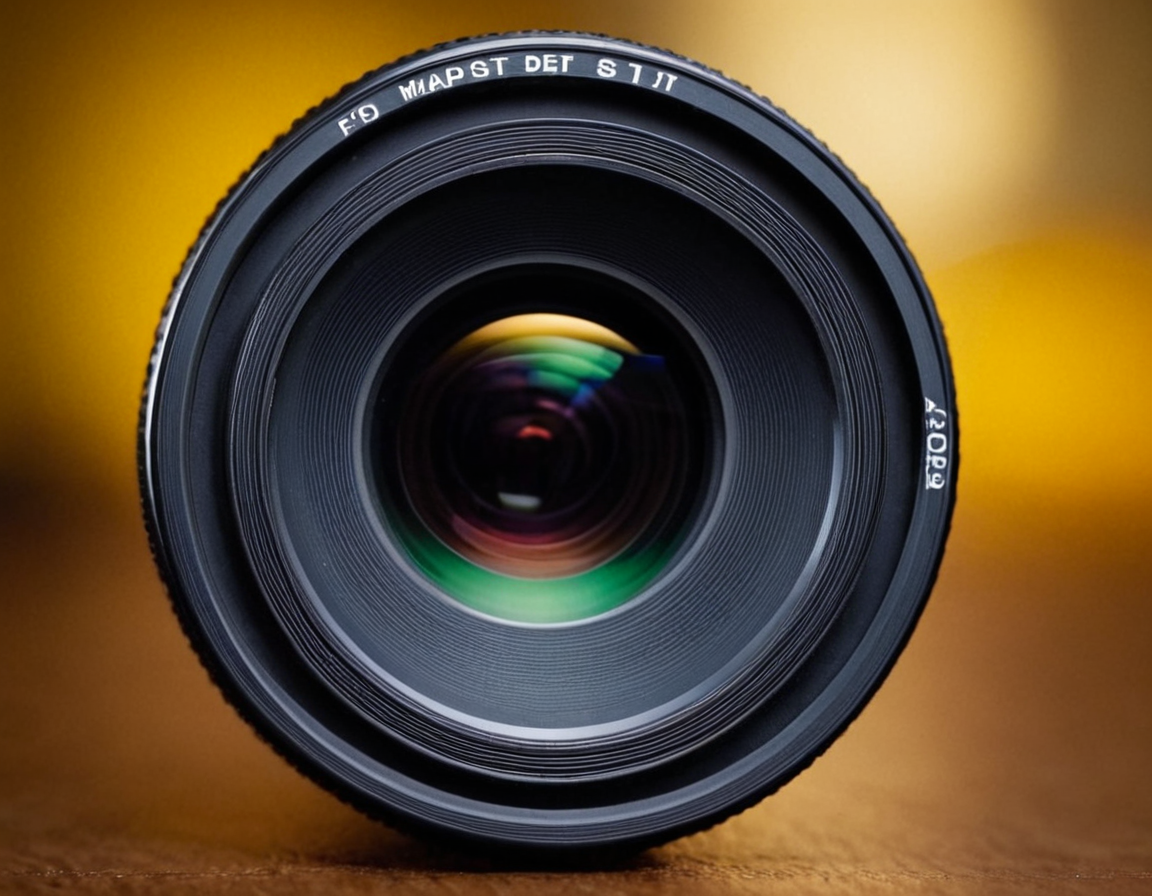F-Stop Mastery Guide

Mastering Aperture: How to Use F-Stops for Creative Control
Aperture is a fundamental concept in photography that has been misunderstood by many photographers. It’s often referred to as the “pint of light” or the “eye of the camera.” In reality, aperture is a critical component of exposure that allows you to control the amount of light entering your lens.
What is Aperture?
Aperture refers to the size of the opening in the lens, which regulates the amount of light that reaches the sensor. The aperture is controlled by adjusting the f-stop value (e.g., f/2.8, f/4, f/5.6). A smaller f-stop value means a larger aperture opening, while a larger f-stop value means a smaller aperture opening.
Understanding F-Stops
F-stops are a way to measure the relative size of an aperture. The lower the f-stop value, the larger the aperture opening. Here’s a simple analogy:
- f/2.8 is like looking through a small hole
- f/4 is like looking through a medium-sized hole
- f/5.6 is like looking through a large hole
How to Use Aperture for Creative Control
Aperture is not just about controlling the amount of light; it’s also about creating a mood or atmosphere in your images.
Portraits and People Photography
When photographing people, you want to create a shallow depth of field to blur the background and emphasize the subject. This is achieved by using a large aperture (small f-stop value).
For example, if you’re shooting a portrait of someone with a beautiful background, you might use an f/1.4 or f/2.8 lens to create a creamy bokeh effect.
Landscape Photography
When photographing landscapes, you want to create a deep depth of field to keep the entire scene in focus from front to back. This is achieved by using a small aperture (large f-stop value).
For example, if you’re shooting a landscape with a long exposure and a wide-angle lens, you might use an f/11 or f/16 lens to ensure that everything from the foreground to the background is sharp.
Macro and Close-Up Photography
When photographing macro subjects like flowers, insects, or small objects, you need to get up close and personal. This requires using a high aperture value (small f-stop value) to create a shallow depth of field and separate the subject from the background.
For example, if you’re shooting a macro of a flower, you might use an f/2.8 or f/4 lens to focus attention on the intricate details of the flower.
Tips for Mastering Aperture
- Experiment with different aperture values to see how they affect your images.
- Use aperture to create depth and dimension in your photographs.
- Practice, practice, practice – it’s the only way to truly master aperture.
Conclusion: The Power of Aperture
Aperture is a powerful tool that can elevate your photography to new heights. By mastering aperture, you can create stunning images with depth, dimension, and atmosphere. Remember to always experiment and push the boundaries of what’s possible with your camera.
Call to Action: Share Your Thoughts
What are some of your favorite techniques for using aperture in your photography? Share them with us in the comments below!
Tags
aperture-in-photography f-stop-technique creative-control-light camera-settings-guide exposure-understanding
About Thiago Pereyra
Hi, I'm Thiago Pereyra, and I've spent the last decade helping photographers unlock their creative potential through tutorials, workshops, and gear reviews on lentecreativa.com. My background in photography and post-production informs my passion for sharing actionable tips and techniques to help you take your craft to the next level.
